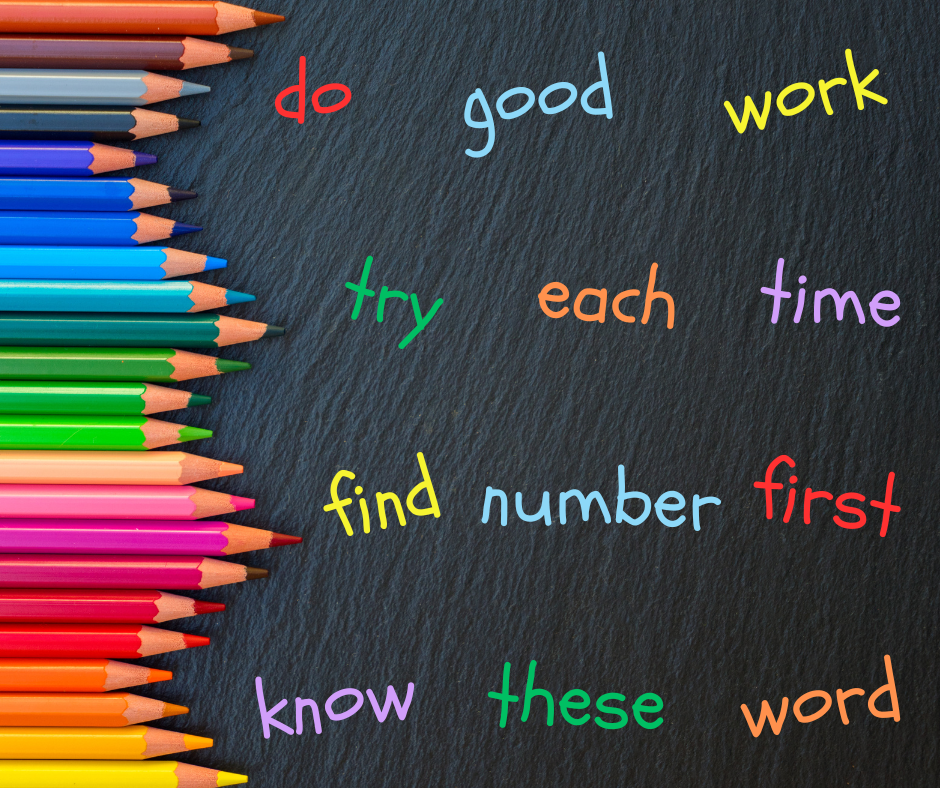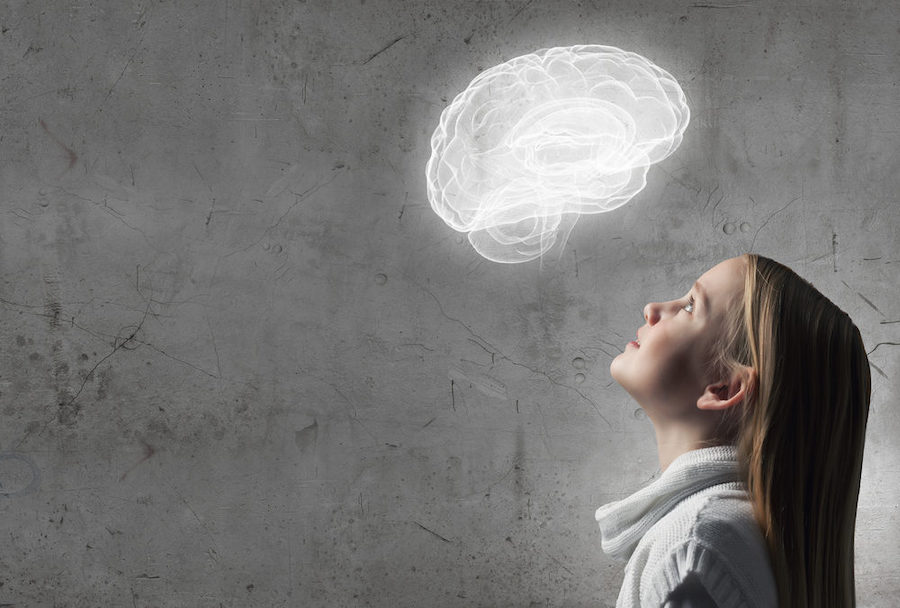
Active Learning and ADHD
When ADD or ADHD is diagnosed early, teachers and caretakers can help children develop techniques and tools to enhance their skills and improve the executive functions needed for a happy and healthy life.
One of those techniques is active learning. Using movement to enhance learning has been found to decrease behavioral episodes of children diagnosed with ADD and ADHD and improve their learning comprehension.
The Science of Exercise
Many neuroscientists and biologists have researched how exercise can stimulate and affect the brain. They have found that movement and activity boost the amount of dopamine and norepinephrine in the brain. These two neurotransmitters are critical in regulating the attention system. According to an article in ATTitude, “with regular physical activity, we can raise the baseline levels of dopamine and norepinephrine by spurring the growth of new receptors in certain brain areas.” These new receptors facilitate a person’s ability to focus and pay attention.
Dr. John Ratey, a physician specializing in ADHD, says, “I think of exercise as administering the transmission fluid for the basal ganglia, which is responsible for the smooth shifting of the attention system. This area is the key binding site for stimulants, and brain scans show it to be abnormal in children with ADHD.”
Based on scientific studies connecting exercise and the brain, we can conclude that consistent exercise can lead to better brain function and improved concentration, especially in children and adults with ADD and ADHD.
ADHD in the Classroom
Because the behavior of children diagnosed with ADD or ADHD may be distracting to other students, teachers sometimes struggle with how to maintain a classroom environment where every child can learn.
Using movement as a tool to enhance learning has been found to decrease behavioral episodes of children with ADD and ADHD. Perhaps teaching the elementary curriculum with specific emphasis on fundamental movements could decrease the symptoms associated with ADD and ADHD.
According to a 2015 study by the MIND Institute at the University of California-Davis, physical activity seems to allow children with ADHD to focus on what they are doing. In children with a diagnosis of ADHD, the study found:
- Children who moved more intensely showed better cognitive performance.
- The accuracy of children’s performance on tests significantly improved when they were moving.
- Hyperactivity in children with ADHD may help them think.
Movement and active learning can be a great way to help all students concentrate more and create less behavioral disruptions.
Dr. Julian A. Reed





